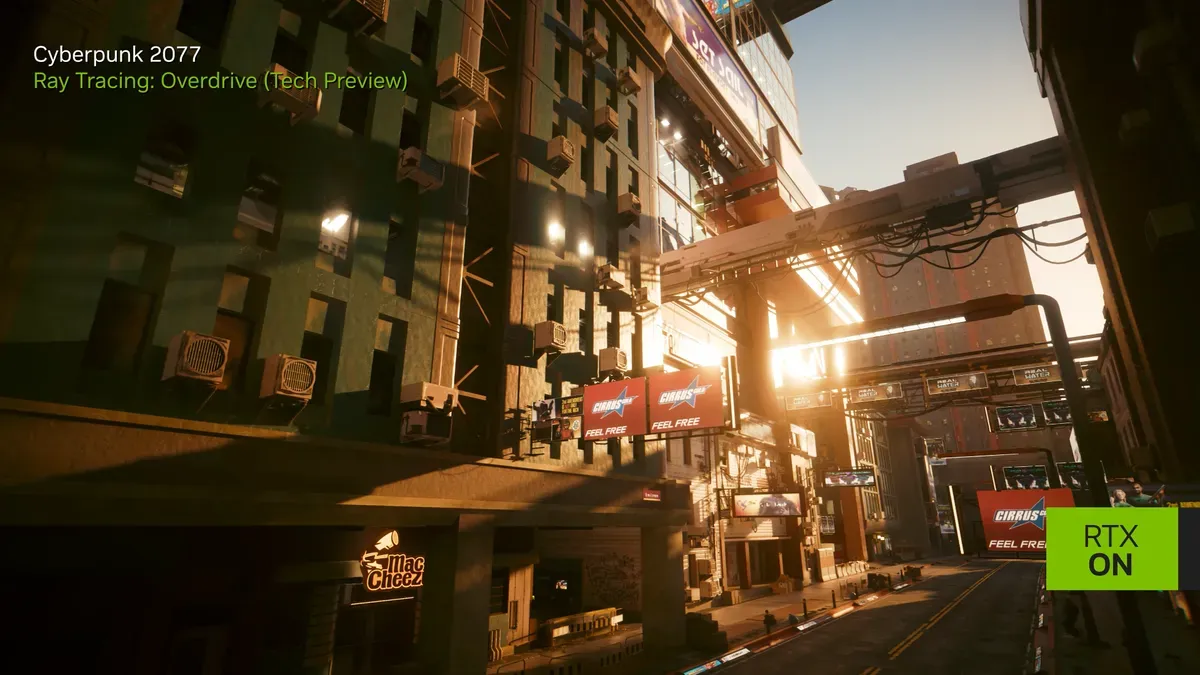Digital Foundry recently hosted a discussion with Jakub Knapik of CD Projekt Red and Jacob Freeman and Bryan Catanzaro from Nvidia. The core focus was the influence of Nvidia's DLSS 3.5 technology in Cyberpunk 2077 and the wider potential of AI-centric upscaling and rendering.
Responding to Valadas's questions about DLSS and Nvidia's perspective on emphasizing native resolution in GPUs, Catanzaro remarked on the decreasing feasibility of elevating graphics quality through raw computational strength alone. This reduction in feasibility, in his view, stems partly from the constraints posed by the stagnation of Moore's Law. Catanzaro therefore championed the incorporation of advanced systems like DLSS to amplify graphics quality, compensating for the subdued inter-generational enhancements in modern graphics modules.
Specific to Cyberpunk 2077, both Valadas and Jakub Knapik from CD Projekt Red confirmed the indispensability of DLSS technologies for achieving exhaustive path-tracing. They also highlighted DLSS's role in amplifying the operational efficiency of present-day GPUs, thereby facilitating Cyberpunk 2077 to conduct instantaneous, precise light simulations. This leads to visuals that are markedly more realistic and rich in detail than what standard rendering processes offer.
Looking ahead, Catanzaro projected a landscape where AI, including tools like DLSS, might eventually replace traditional graphics rendering approaches. He further clarified the industry's newfound ability to extract complex functionalities from vast data compilations using AI, bypassing the necessity of designing algorithms from scratch, a staple in conventional rendering.
This futuristic vision was showcased by Nvidia at NeurIPS 2018, wherein a driving simulation was exclusively crafted using AI mechanisms. In essence, Catanzaro's insights point towards a significant paradigm shift in the gaming world. Given the constraints introduced by Moore's Law, AI seems poised to spearhead 3D graphics evolution in upcoming years. By extension, these insights resonate with Nvidia's strategic direction, emphasizing AI capabilities in future graphics solutions, laying the groundwork for AI-focused rendering mechanisms like DLSS.
Source: Tomshardware


